Juniper Bonsai Grow Tips

In an effort to decorate their garden, local area or apartment, many resort to the art of growing trees like bonsai. Certain types of shrubs and trees are especially good for this, and juniper is one of the first places. There are specific guidelines for growing juniper bonsai, which we will look at in this article.
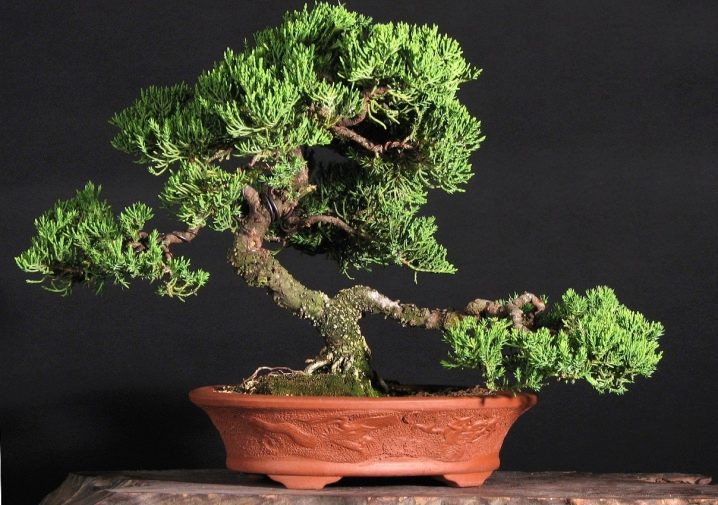
Plant features
Evergreen juniper shrubs are able to decorate the space at any time of the year. Most often, certain types of juniper are used to create bonsai. Garden landscape design is created using such types as Chinese, Cossack, horizontal, ordinary. Although there are many varieties of this plant, it must be borne in mind that it is bonsai that can not be made from every species.
The needles of this shrub can be dark green, light green or with a blue tint, depending on the variety.
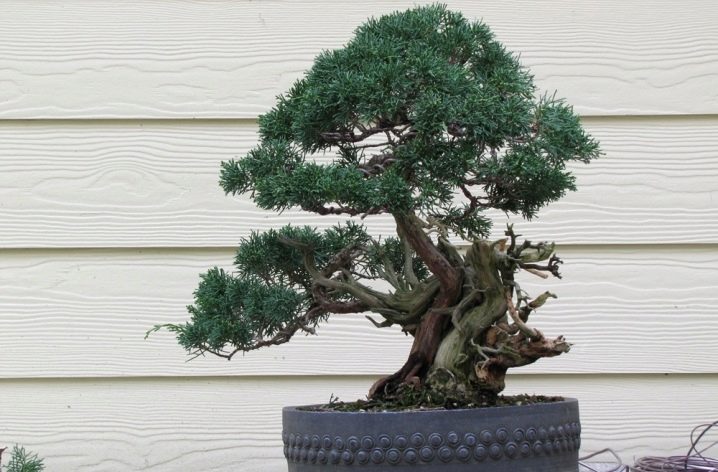
Juniper winters well in areas with a relatively mild climate, he will endure temperatures up to minus ten without problems, but under more severe conditions it must be carefully covered for the winter.
If the juniper is grown at home, then in winter it is advisable to keep it in a cooler room with a temperature of no higher than 18 degrees and away from heating devices
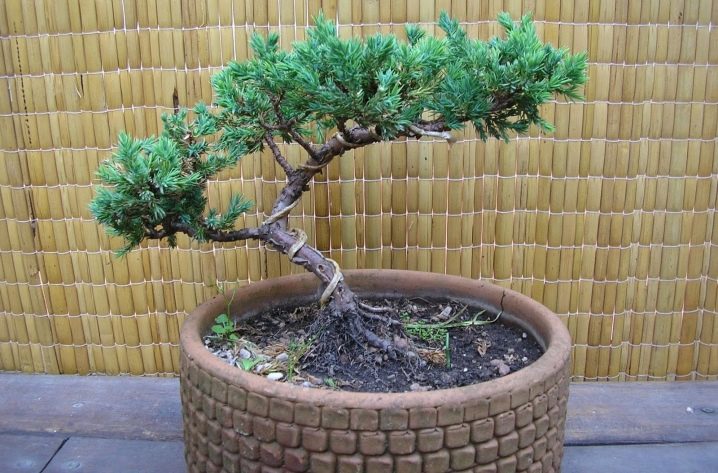
Juniper is planted in open sunny areas. He loves sunlight and moisture. So, if there has been no rain for a long time, it is recommended to spray it. But you do not need to fill in the juniper, he does not like too abundant watering. And before you water, you need to make sure the soil is dry.
Organic fertilizers are good for the plant. If you want the tree to grow faster, you can activate its growth in spring with the help of nitrogen fertilizing.
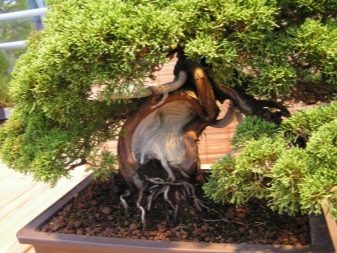

How to grow?
Making a bonsai from juniper is not that difficult. You can begin to form the desired shape from an early age, literally after buying a seedling. Or you can turn an adult tree into the desired option.
If the tree is already mature and also grows in a group, you need to plant seedlings and start forming the crown. First of all, you need to cut out all the shoots below so that the tree has a pronounced trunk.
Do not get carried away too much. You can cut no more than 40 percent of the tree at a time, so you need to control this process.
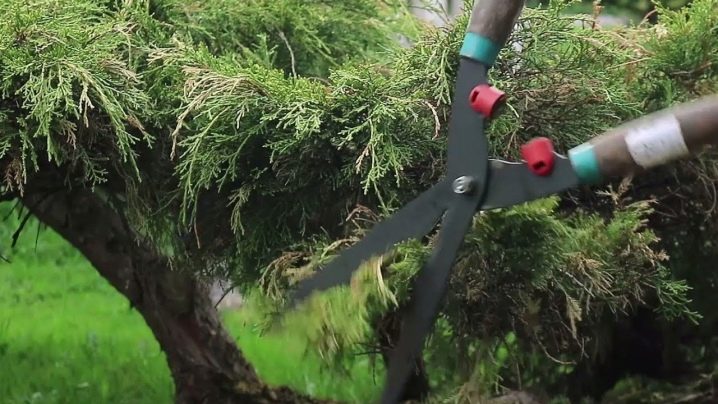
Then you need to remove all the branches that stick out and spoil the appearance. If the shrub is tall, but you want to get a smaller tree, you should trim the top of the head. Then you can already watch what is happening inside the crown.
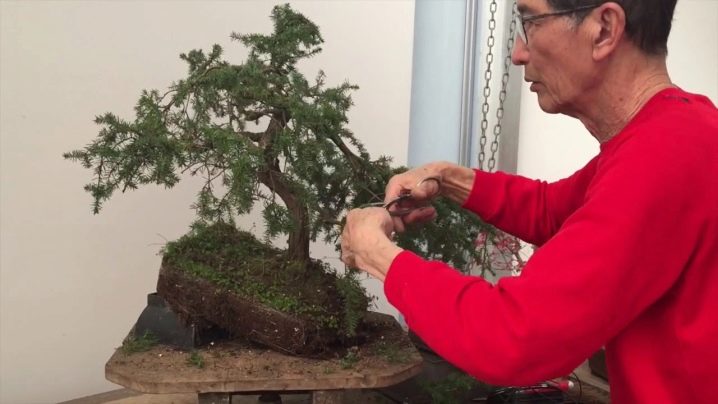
Sometimes it happens that the branches grow so densely that they must be thinned out, especially if you need to arrange a bonsai. In this case, you need to decide how you want to see the tree and choose the main branches on which the coniferous caps will form. Maybe they will have to give a certain direction, this will help the wire, which can be wrapped around the branch and tilted in the right direction.
Juniper bends well and lends itself to transformation, but nevertheless you need to do everything carefully so as not to break the branch.
If this nevertheless happened, the place of scrapping must be treated with garden varnish.
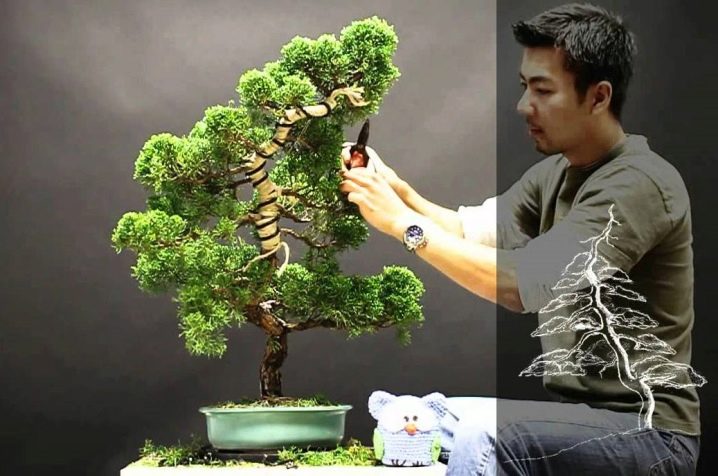
The barrel is also wrapped with wire. The tree will continue to grow but by wrapping the wire around the trunk and the necessary branches, you can quickly give it a certain shape. To form a lush crown, it is recommended to pinch the shoots.Such a tree will always look well-groomed and neat.
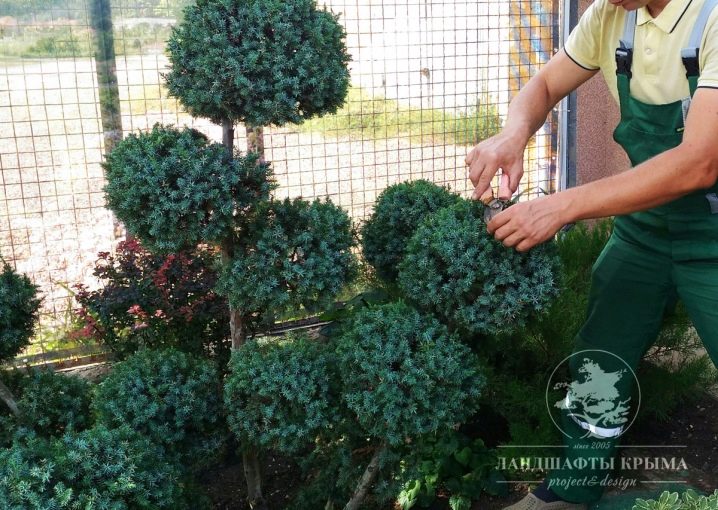
Home care
Juniper is an excellent decoration for the garden, with its help you can effectively decorate any corner and create any shape out of wood. But many people choose to grow junipers at home. If a pine or spruce is difficult to adapt to home conditions, then a juniper is quite possible. He will feel great in a pot if you provide him with the right care.
- Going to a garden store or nursery for juniper, you can already roughly imagine what kind of tree you would like to get in the future. When choosing a plant, you need to move the needles a little and examine the trunk: maybe the branches are already decorated so that only small adjustments will remain, and the bonsai will soon decorate the apartment.
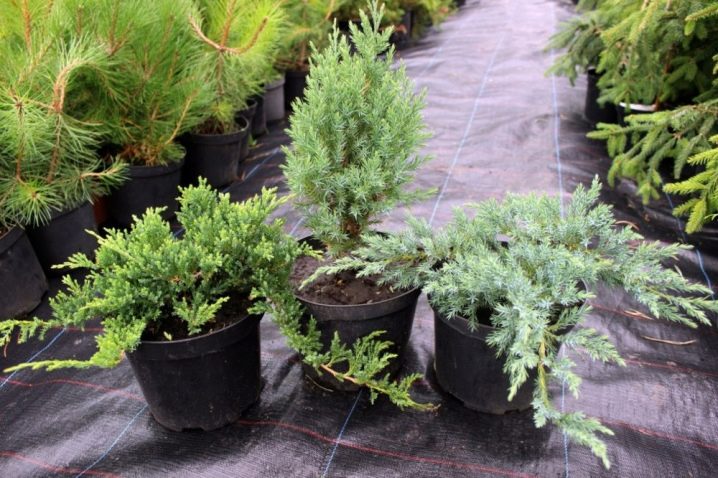
- After the plant was brought home, you need to see where the future branches will be located and, if necessary, bend the tree a little, that is, to give it the desired shape for the bonsai. To do this, a pot with a tree should be placed in another container, preferably a rectangular one, and rejected so that it stably rests against one wall. In this form, it must be for a certain time, until the branches take the desired direction.
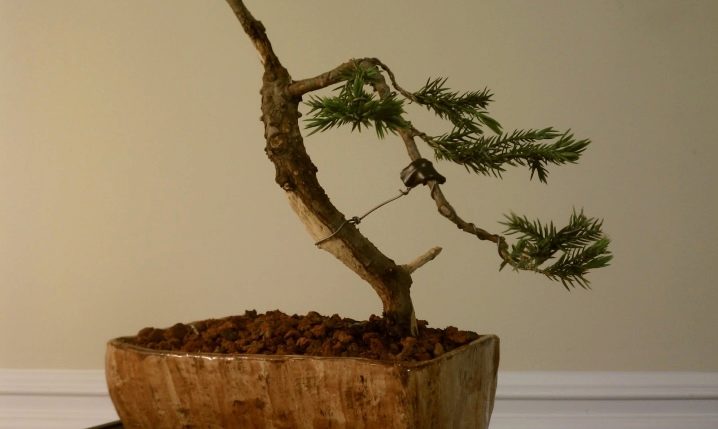
- Pruning must be done immediately... First, you need to cut off the extra branches at the bottom, since the trunk of the future tree will form there. Next, you should carefully cut off the protruding branches so that the seedling has a neat appearance. As the tree grows, it will be clear which branches need to be left and trimmed in order to achieve the desired look, and which ones should be removed altogether, so that the tree has a pronounced trunk and a beautiful shape in the form of voluminous caps.
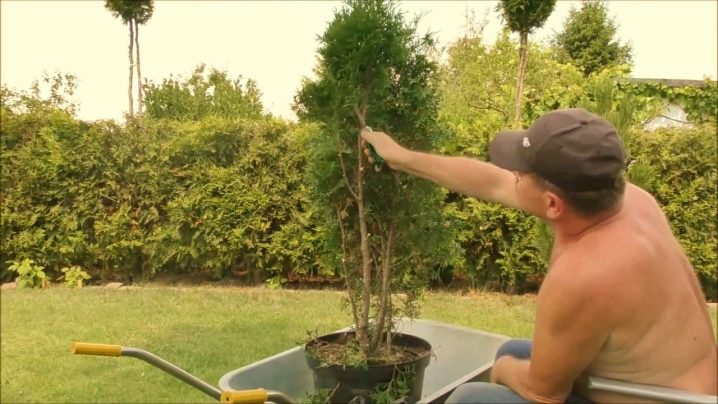
- Caring for a tree at home is simple. In addition to regular pruning, he sometimes needs fertilizing in the form of organic and nitrogen fertilizers. In the summer, it would be good to leave the tree on the balcony or veranda so that it has access to the sun's rays. Daily spraying on hot days will benefit him, but the plant should be watered as the soil dries.
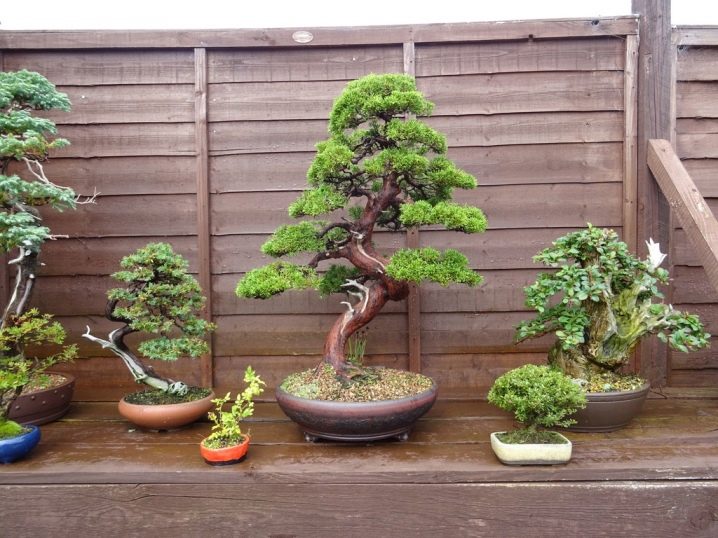
- A young tree can be replanted every year, but after the age of five, this can be done no more than once every three, or even four years.
At the bottom of the pot in which the juniper grows, it is imperative to place drainage in the form of pebbles, clay fragments, then you need to add sand, and then the nutrient composition.

- In winter, it is advisable to create a lower temperature for the plant. If the balcony or veranda is closed and slightly insulated, the juniper will winter well there and will feel great in the spring, but you should definitely make sure that the temperature does not drop below ten degrees below zero.
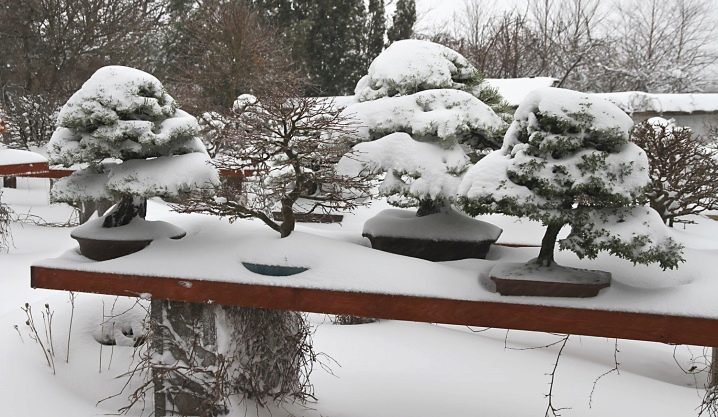
- If the plant decorates the apartment all year round, then it is necessary to try to make sure that the room is not too warm - a maximum of 15-18 degrees.
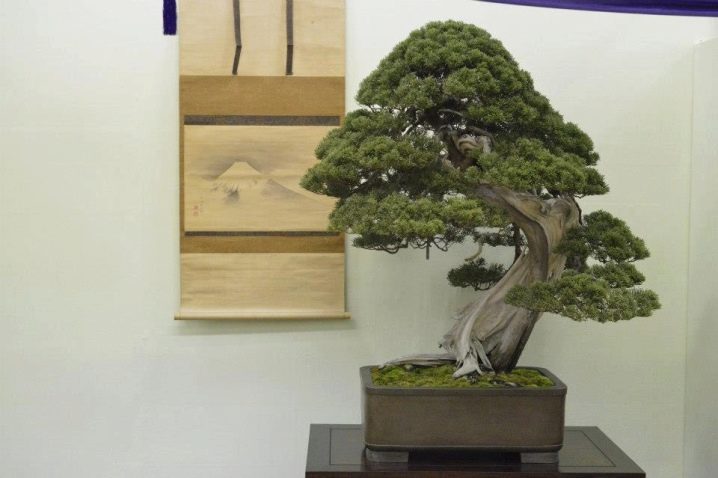
You can see how to make a juniper bonsai in the next video.































The comment was sent successfully.